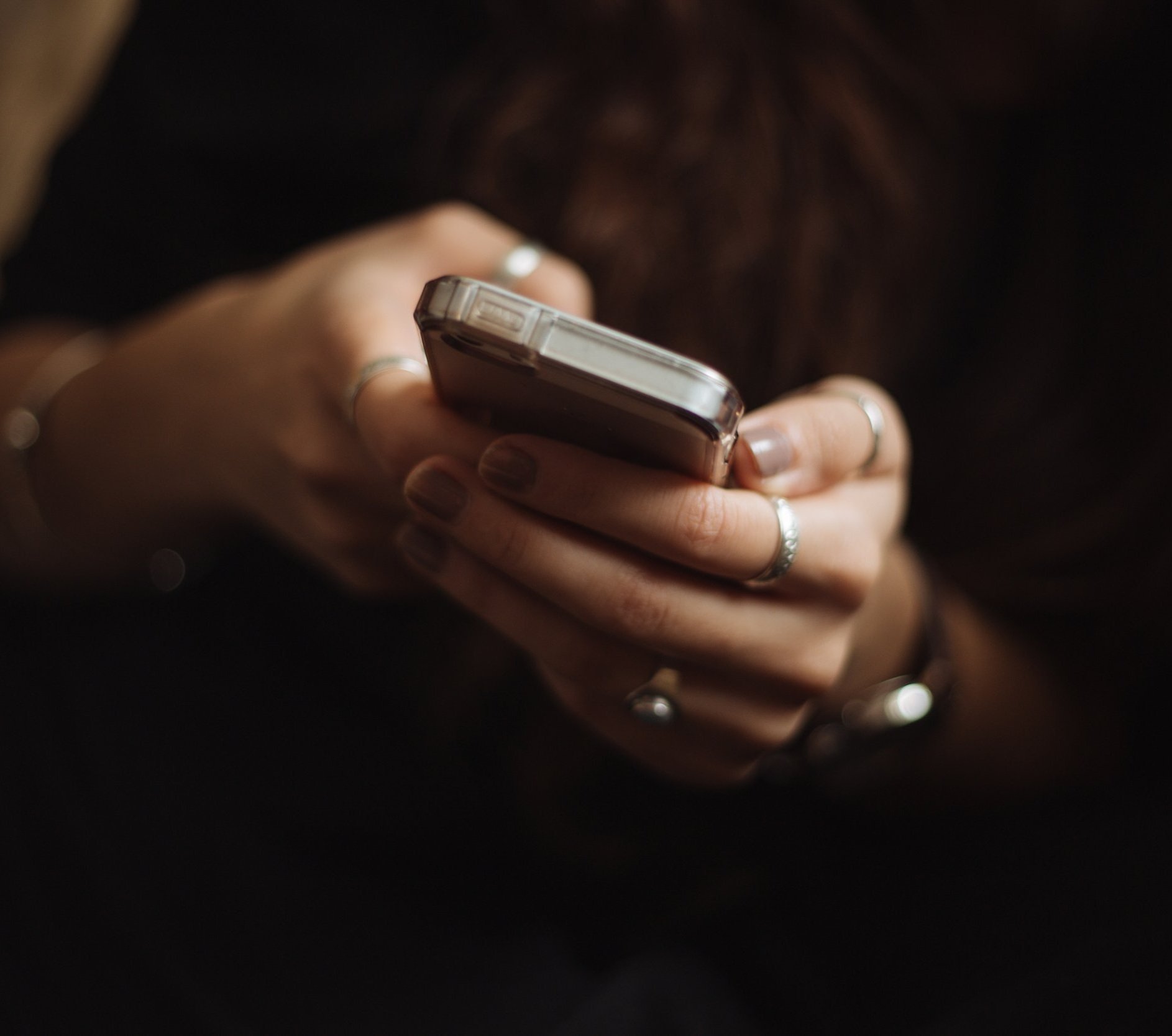Ten things to do before you take your phone overseas
Our tech has become an indispensable travel companion, so what’s the best way to prep digital devices before take-off? Cyber crooks are constantly inventing new scams, but here are a few ways to create your own digital shield.
Start with some basic digital housekeeping
If you haven’t already, set a passcode to protect against easy access if your device leaves your hands.
Remove old or unused apps, delete payment methods you won’t need, turn off roaming, review apps with access to mobile data, and turn off automatic updates to avoid unwanted downloads on public networks or while roaming.
Activate the “find my device″ setting with the option to wipe lost devices remotely in case they fall into the wrong hands.
Even if they have their own app, store all boarding passes, entry tickets and vax certificate in the phone’s digital wallet for offline access. You can add payment cards, these just need a connection to make transactions.
Always check what your travel insurance covers for your devices and increase the allowances if necessary.
Create a virtual vault
In the old days, we left copies of our passports and tickets at home. Now we need to back up devices and store a copy safely at home and another on an encrypted drive or in the cloud. A tool like Cryptomator will encrypt the files to be stored in the cloud if there’s sensitive information to protect. If your phone or laptop is lost and needs to be wiped it can then be restored to a new device.
COVID is not the only travel virus to worry about
Use security software on phones and laptops to protect against inadvertently downloading malware or viruses and set for automatic updates.
Always turn off Wi-Fi and Bluetooth when not needed to avoid connecting to networks without realising it while you’re on the road. The same goes for file sharing apps and device-to-device sharing. It’s best to turn these off to protect unwanted connections.
Don’t get juice-jacked: Be your own charging station
Speaking of viruses, take a power bank (and cable) and avoid USB charging stations in public places such as airports or cafes where your device could inadvertently be infected with malware. If you think this might be unavoidable, there are ‘juice jacking defenders’ or data blockers that plug into your USB cable (there are USB-A and USB-C options) to block data transfer and only allow charging.
Tame those passwords
A password manager is invaluable while travelling, but most can store a lot more than that, such as passport number, bank details, phone IMEI number and anything else you want in a secure vault. Install the app on phones and laptops for quickly accessing logins.
Use a VPN, but beware not all VPNs are created equal
Use a virtual private network (VPN), when accessing hotel and other public Wi-Fi networks to protect yourself from cyber criminals prying into your online activity. But beware that some public networks can detect, and block, devices using VPN connections. To stop this, opt for a VPN that offers “stealth mode” to hide the fact you’re using a VPN.
Roaming rage: eSIM a new option to avoid the post-holiday hit
If you skip international roaming because you don’t fancy the hefty post-trip bill, until recently your choice has been a travel SIM or local SIM. A new option is an international eSIM, where instead of those swapping out a fiddly SIM card, the phone uses an embedded chip, or digital SIM, to connect to another network.
Newer phones have the eSIM feature – just go to Settings > Mobile to check. eSIMs let you have more than one number and can also switch back to your existing SIM – helpful if you need to receive an SMS code from the bank—just watch the roaming fees.
Beware the 2FA trap
Speaking of bank codes, it can be a real headache trying to receive an SMS to authenticate a transaction or complete a log using two-factor authentication (2FA) without your Australian SIM active on your phone. And there’s no simple workaround. Check if your bank offers a physical key or the option to use its app to receive the code rather than via SMS.
Travel burner phone?
Old or unused phone you’ve been meaning to recycle? Maybe keep the primary phone at home and use this one with just the bare minimum of apps and personal information on it.
Don’t be an easy target for thieves
Thieves are actively targeting travellers who can be distracted sightseeing or just being lost. To avoid being an easy target, I’m using wireless earbuds for audio mapping directions and a sturdy cross-body phone strap to keep my phone in my pocket but secure. The less time spent standing on street corners looking for directions with the phone out, the better.


